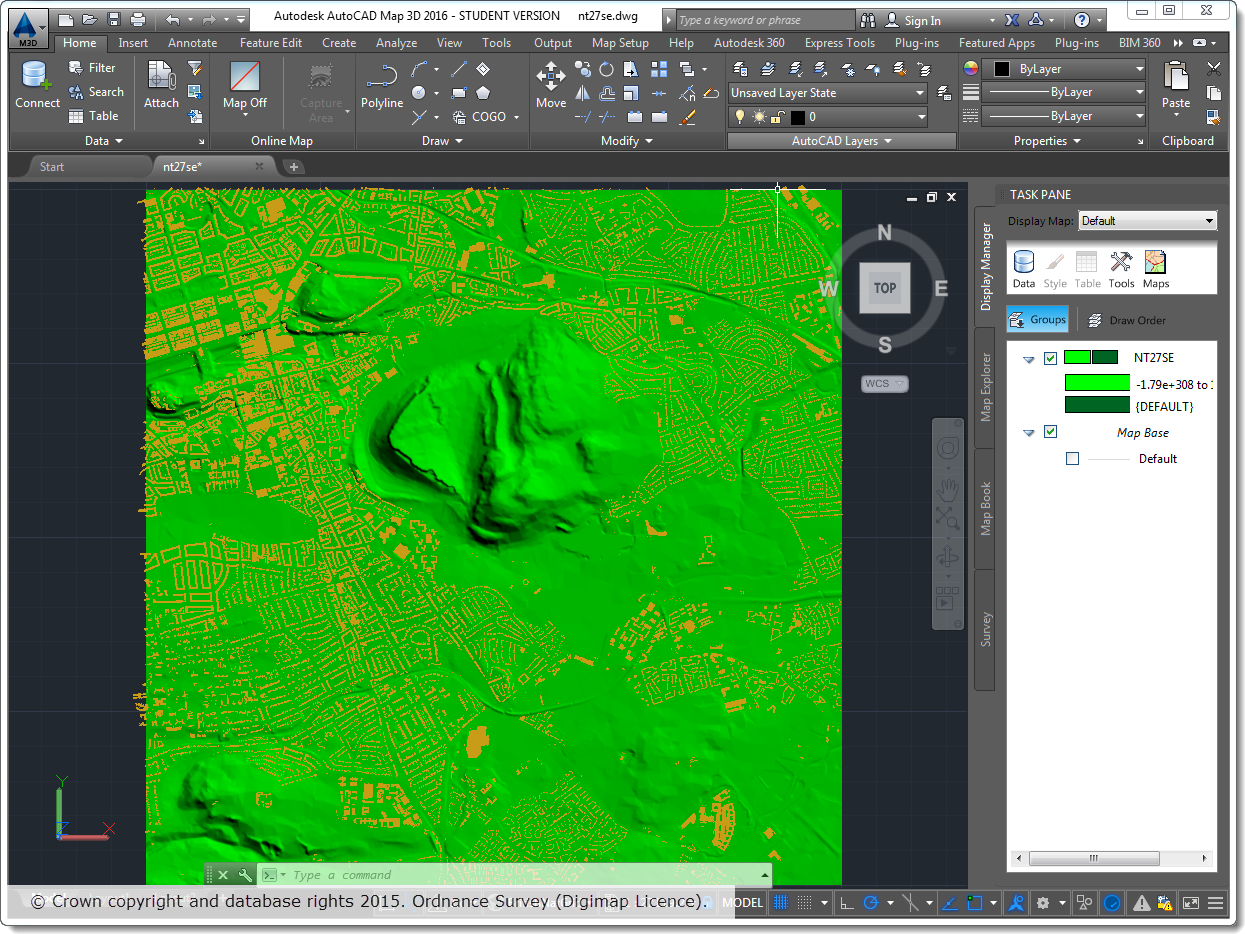

This deficit corresponds to the “specific learning disorder” section of the latest international classification (DSM-5, 2013). There is worldwide agreement for estimating between 5 and 15% the school-age population that fails to get into initial learning that is, to acquire reading, writing, and/or calculation correctly, despite normal intelligence and in the absence of gross psycho-affective or socioeducative deficiency. These results provide new additional arguments for using music as part of systematic therapeutic and instructional practice for dyslexic children. Importantly, most improvements persisted after an untrained period of 6 weeks.

The second study revealed additional improvements in auditory attention, phonological awareness (syllable fusion), reading abilities, and repetition of pseudo-words. The first one yielded significant improvement in categorical perception and auditory perception of temporal components of speech. Both studies showed significant improvements in some untrained, linguistic and non-linguistic variables. Two separate studies were carried out, one in which dyslexic children received intensive musical exercises concentrated over 18 h during 3 consecutive days, and the other in which the 18 h of musical training were spread over 6 weeks.

Accordingly, we developed a series of musical exercises involving jointly and simultaneously sensory (visual, auditory, somatosensory) and motor systems, with special emphasis on rhythmic perception and production in addition to intensive training of various features of the musical auditory signal. In the present study, we tested the efficacy of a specially-designed Cognitivo-Musical Training (CMT) method based upon three principles: (1) music-language analogies: training dyslexics with music could contribute to improve brain circuits which are common to music and language processes (2) the temporal and rhythmic features of music, which could exert a positive effect on the multiple dimensions of the “temporal deficit” characteristic of some types of dyslexia and (3) cross-modal integration, based on converging evidence of impaired connectivity between brain regions in dyslexia and related disorders. Numerous arguments in the recent neuroscientific literature support the use of musical training as a therapeutic tool among the arsenal already available to therapists and educators for treating children with dyslexia.


 0 kommentar(er)
0 kommentar(er)
